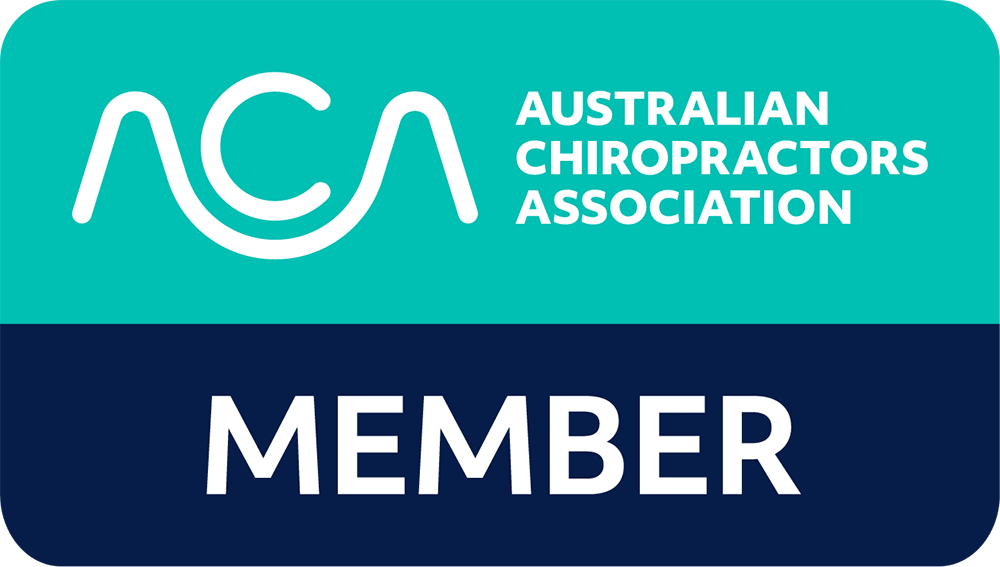Sports injuries refers to those injuries occurring most often during training, exercising, or playing sport. They can include abrasions and superficial wounds, and injuries that affect the musculoskeletal system, which comprises a network of muscles, tendons, ligaments, bones, and other tissues that enable movement and provide joint stability.
Soft tissue injuries, involving muscles, tendons, and ligaments, are unfortunately common. Muscle contractions assist with movement, posture, joint stability, and heat production. Tendons connect muscles to bones to help move limbs, and also help to prevent muscle injury by absorbing some of the impact the muscles take during movement. Ligaments connect bones together, especially joints, and are essential for joint stability. Soft tissue injuries experienced during sport or training include strains or tears; contusions or bruises; and can range from mild to severe. The severity of injury can often be assessed by the extent of pain, swelling and bruising.
Key herbs for sports injuries include those that possess anti-inflammatory and pain-relieving properties and may assist with soft tissue healing. While there are numerous helpful herbs, some of my favourites are listed below. Some are best used topically, some orally (liquid, tea, tablet, capsule etc), and others are good both ways.
- Arnica- Arnica montana– has anti-inflammatory properties to assist with muscle and joint aches, pain, and bruising. It works well by preventing activation of NF-Kappa Beta (an inflammatory substance) in early-stage inflammation, so is best used immediately following injury, especially those involving bruising or aching. It can be taken orally as homeopathic pilules or applied topically as a cream or oil. Apply the cream directly to injured area a few times every day. Dissolve the homeopathic tablets under the tongue up to 3 or 4 times per day as directed.
- Turmeric- Curcuma longa– contains curcumin (a curcuminoid) which is the main active compound responsible for the benefits associated with turmeric. Its antioxidant and anti-inflammatory activity may promote healing in many injuries and chronic inflammatory conditions. Curcumin may help reduce joint pain, stiffness, inflammation and swelling by blocking inflammatory cytokines and enzymes.
- Willow Bark- Salix alba– contains a chemical called salicin, which is similar to aspirin, and has pain and fever reducing effects in the body. For injuries, it is useful for inflammation and pain, including muscle pain. As one of the oldest herbal remedies it dates back to ancient Egyptian, Roman, Greek, and Indian civilizations. In some studies, it has demonstrated an efficacy comparable with aspirin. Salicin from white willow bark is converted to salicylic acid by the liver and considered to have fewer side effects than aspirin.
- Ginger- Zingiber officinale- is an antioxidant and anti-inflammatory and belongs to the Zingiberaceae family of plants and is related to turmeric, cardamom, and galangal. The main bioactive compounds in ginger, responsible for most of its medicinal properties, are gingerols. Research indicates that gingerol has powerful antioxidant and anti-inflammatory effects and may help reduce oxidative stress. Ginger has been shown to have anti-inflammatory properties like ibuprofen and COX-2 inhibitors.
- Boswellia- Boswellia serrata– the active components in Boswellia, Boswellic acids, have anti-inflammatory and analgesic (pain-relieving) properties. It is also useful in managing pain in types of arthritis and studies have showed it slowed cartilage damage after three months of use. Be cautious, as some Boswellia products don’t contain the six acids necessary as active ingredients, and there are some side effects and contraindications.
- Capsaicin- Capsicum frutescens- temporarily reduces substance P, a pain transmitter. Its pain-relieving properties have been shown in many studies. It alleviates/reduces inflammatory effects and is a potent source of natural antioxidants. It is available as a topical cream, gel, or patch. Capsaicin renders skin and joints insensitive to pain by depleting and preventing re-accumulation of substance P in peripheral sensory neurons. With the depletion of substance P in the nerve endings, local pain impulses cannot be transmitted to the brain.
- Devil’s Claw –Harpagophytum procumbens – helps treat both pain and inflammation, and swelling, symptoms that often accompany soft tissue injuries. Devil’s claw is a commonly used herb in treating muscle, tendon and ligament problems, joint pain and inflammation. Researchers attribute this to harpagoside, an active plant compound in devil’s claw.
- Jamaica Dogwood– Piscidia erythrina; Piscidia piscipula- – has demonstrated antispasmodic, analgesic, and anti-inflammatory properties, leading to its use in western herbal medicine for pain. The active constituents reported to provide the antispasmodic action include isoflavonoids, organic acids and tannins. Anti-inflammatory and pain-relieving actions may be achieved via supporting local blood flow and inhibiting inflammatory enzymes. It is also thought to reduce friction between the joints and protect tissues from permanent damage.
- Calendula-Calendula officinalis-has anti-inflammatory properties and is used for musculoskeletal injuries such as pain management, swelling and tissue trauma. Calendula cream and oil have shown efficacy in wound treatments, via antimicrobial activity, and promoting tissue regeneration and re-epithelialization.
- St John’s Wort- Hypericum performatum-is reported to be effective in reducing inflammation, nerve pain, chronic pain, and muscle pain. For injuries, St John’s Wort is specific for nerve-sensitive areas of the body, and infused oil, applied topically is particularly effective. It not only soothes the pain, but also assists the damaged tissue to heal. St John’s Wort taken orally may assist with pain from nerve damage.
- Comfrey– Symphytum officinale- for topical use only, it has anti-inflammatory and analgesic properties, and is thought help with reducing inflammation and swelling associated with sprains and broken bones, and to assist in tissue regeneration. Constituents including allantoin, mucilage and rosemarinic acid, all contribute to its therapeutic effects. Use as an ointment or cream.
- Aloe Vera– Aloe barbadensis– The constituents in Aloe vera have demonstrated antioxidant, anti-inflammatory, antibacterial, and antiviral properties and have long been used in topical wound healing.
And three other natural, though not herbal, suggestions for sports injuries are:-
- Bromelain: Bromelain is a protein-digesting enzyme derived from the stem, fruit, and juice of the pineapple plant. It has been used for centuries to treat medical ailments. It contains several proteolytic enzymes, and due to its anti-inflammatory and analgesic properties has shown potentially beneficial effects. Bromelain is sometimes used for acute inflammation and sports injuries.
- Fish oil- Fish Oil (Omega-3 fatty acids EPA and DHA) Omega-3s block inflammatory cytokines and prostaglandins and are converted by the body into powerful anti-inflammatory chemicals called resolvins. EPA and DHA have been extensively studied for dozens of inflammatory conditions. Studies have shown that fish oil can significantly decreased joint tenderness and stiffness.
- PEA- Palmitoylethanolamide is a natural substance produced by the body and it is very effective and safe to use as a supplement for pain and inflammation. It has useful analgesic properties and reportedly has few, or no side effects or interactions. Palmitoylethanolamide (PEA) is a chemical made from fat and is found naturally in foods such as egg yolks and peanuts, and in the human body. PEA can bind to cells and reduce pain and swelling. It is used for different types of pain, and may be helpful in chronic ongoing post injury pain.
Written by Pamela Nelson – Nutritionist and Naturopath at Health Space Lane Cove
Pamela is available for consultations Wednesdays and Fridays at the clinic – read more about her HERE
Disclaimer
Although herbal medicines have been used effectively for injuries, both orally and topically since ancient times, they can also be unsafe if not used correctly. Serious interactions when taken alongside certain medications and other supplements can occur, and side effects are always possible. Consulting with a qualified naturopath or western herbalist about appropriate and safe usage is advised. So, while certain herbal medicines may be helpful in treating injuries you should always consult a qualified health professional before using them.

